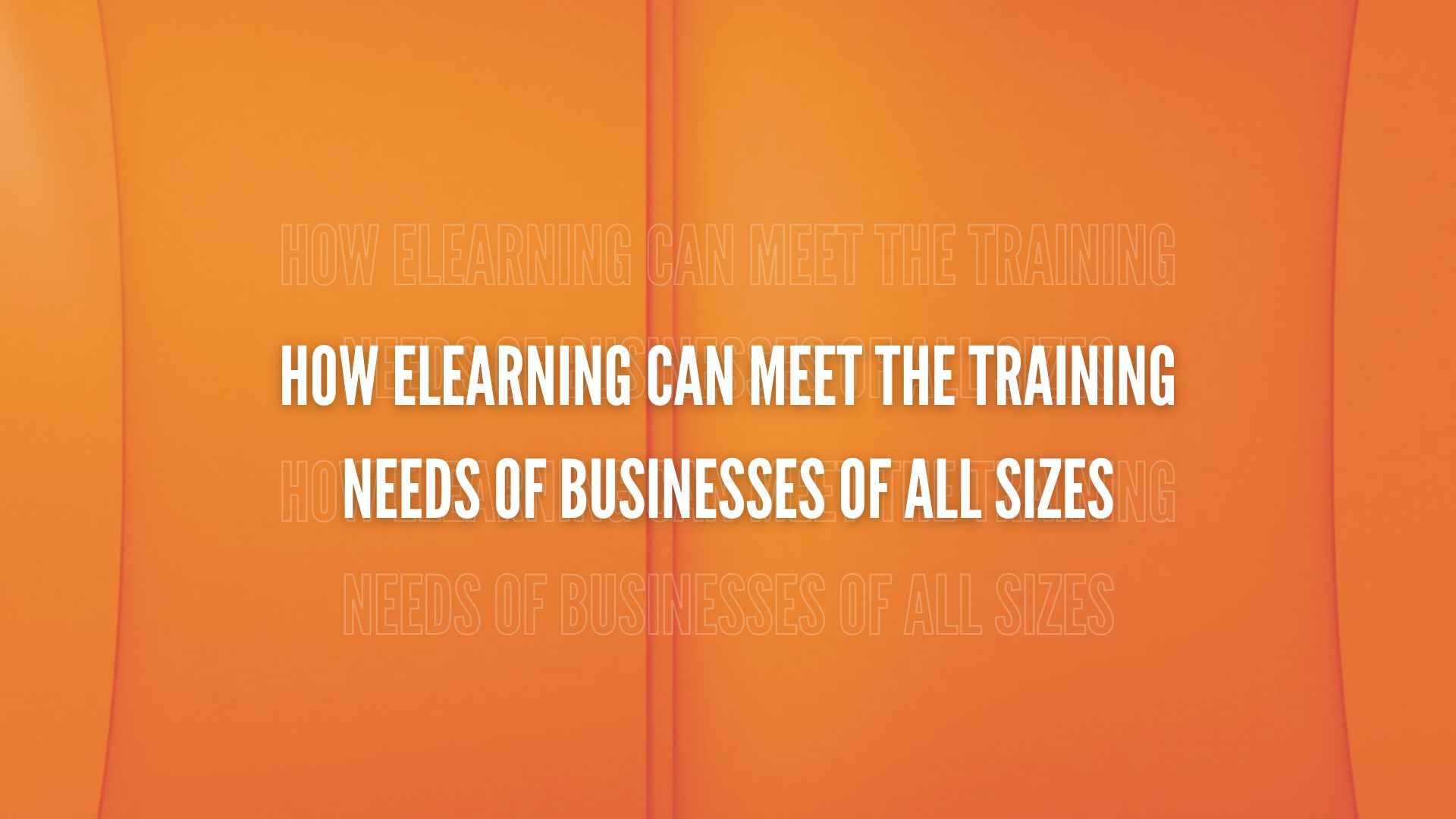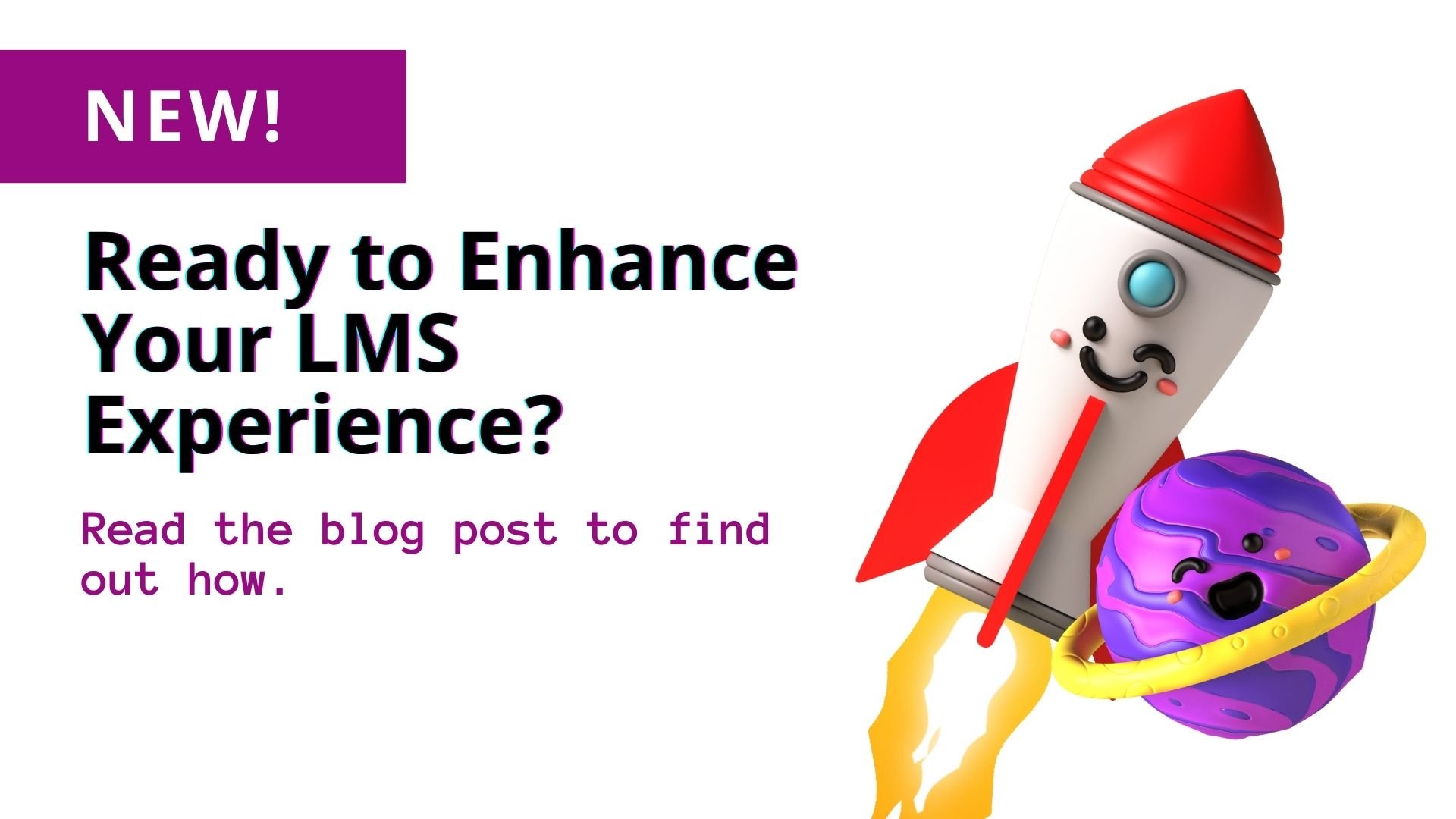Thanks to digital transformation, the global workplace is changing rapidly. With the advent of the learning management system (LMS) and other types of collaborative L&D tools, workers are more connected than ever before, despite many working from home. This has increased the need for on-demand, best-in-class corporate L&D programs that are flexible and accessible 24/7.
7 Tips for Creating a Best-in-Class Corporate L&D Program
A company leader may know that quality corporate training is essential but struggle to create L&D programs that drive results. Delivering an effective corporate training program is simple when best practices such as these are followed:
1) Implement remote training - The first practice for creating a better corporate L&D program is to implement remote training.
The COVID-19 pandemic kicked digital transformation into overdrive. As the pandemic took hold, customers demanded contactless services. Overnight, companies had to implement new technologies that made offering these services possible. Referring to the post-COVID business world, Deloitte1 stated,
“With physical contacts kept to a minimum, it is digital that proves to be a lifeline for many organisations. Consumer brands and retailers who have embraced digital are now growing their online orders and keep their business running through home offices. Through COVID-19 it becomes visible what being digital truly means. It is not just about cool apps, but about having a solution chain that runs deep across processes, people and technology. It’s a fundamental change in the way we work, live and do business.”
Fast and furious digital transformation has changed employees’ learning needs. Workers need training that is on-demand and accessible from remote locations. A learning management system, LXP, or other remote training platform can help your company go remote with training.
2) Assess employee strengths and weaknesses - In addition to implementing remote training, assessing workers’ strengths and weaknesses is a vital aspect of creating a best-in-class L&D program. This gives company leaders insight into how to create training that best serves the needs of employees. Discover employees’ weaknesses and strengths by:
- Looking at their user profiles on LinkedIn2
- Issuing surveys to staff asking what areas they feel they are strong or weak in
- Having employees take a personality test or a StrengthsFinder test3
Also, surveying staff to collect their opinions of their peers’ strong and weak points can be a good way to discover what workers are great at and what areas they need additional training in.
3) Personalize training - A one-size-fits-all training approach is no longer relevant. Today’s global workforce needs personalized training. Leaders can design individualized training once they understand employees’ strengths and weaknesses, as well as their learning styles.
Polling employees to determine whether they are visual, kinesthetic (hands-on), or auditory learners helps administrators craft training that best serves learners. For example, auditory learners may respond best to recorded materials, whereas kinesthetic learners might better comprehend and retain training that prompts immediate practice of new knowledge.
A full-featured LMS provides tools, such as individual learning paths, that enable leaders to offer personalized training experiences. “Make sure to let your employees know how these personal learning paths will help them in their careers,” stated the article How to Personalize Employee Training and Development Strategies.4 “Emphasize the real-world benefits and help them see the positive outcomes. Your employees will become engaged when they realize the real impact this online training will have on their work.”
Check out our blog article 3 Ways to Personalize Corporate Training to learn more.
4) Incorporate storytelling into training - Another way to create a superior corporate L&D program is to make use of storytelling in training.
Storytelling is powerful and can engage learners in fresh ways. An article by Training Industry encouraged leaders to incorporate storytelling into training by using it in case studies, branching scenarios, games, and videos.5 It also emphasized the importance of focusing on a learning objective when weaving storytelling into eLearning.
“Without a learning objective, storytelling is merely a narration, with nothing to learn,” the article stated. “Start with a business story, and then sneak in an objective that learners must accomplish.”
Keep in mind that you can create a narrative around just about anything training-related. When you turn a lesson into a story, it is retained better. Don’t shy away from getting creative and crafting training that is fun and captures the imagination of your employees.
5) Engage learners with microlearning
If you want to guarantee a high level of employee engagement with an L&D program, utilize microlearning. Microlearning engages learners to focus for 3-5 minutes on a single topic. Watching a short video or reading a blog post are two examples of microlearning. Microlearning is any type of learning that takes place in short spurts and is easy to digest.
Did you know that microlearning drives 20% more information retention than traditional training and increases revenue?7 “(Microlearning content is) fast and easy to digest without interrupting business as usual,” Training Industry explained. “An added bonus is companies that use microlearning experience a 63 percent year-over-year improvement in revenue per full-time equivalent.”
Our infographic Why Microlearning is the Future of Corporate Training shares key microlearning statistics and provides tips for organizations on how to successfully implement microlearning. Download the free infographic here.
6) Make training available via mobile device - If employees can’t easily access training materials, an L&D program will not succeed. Accessibility to training is even more important post-pandemic as many employees now work and train from home.
Mobile learning is the ultimate solution for organizations that want to offer learners accessible training. It makes training accessible at all times, from any device. Since 74% of people use mobile devices for eLearning, it’s important that leaders design L&D programs that are accessible through a mobile device.5
A few of the many benefits of corporate mobile learning include:
- Greater accessibility for all users - Accessible learning paths give users the flexibility to learn at their own pace and on their own schedule.
- Reasonable costs for companies - With mobile learning, there are no added hardware or connectivity charges as most employees already own smartphones or tablets.
- Increased productivity - Mobile learning provides flexibility and freedom outside of office hours, helping employees increase productivity in other areas of their work.
With TOPYX LMS mobile learning, learners can access content on demand, regardless of location or time zone. TOPYX’s mobile learning features are compatible with all mobile devices, are included with the LMS and don't cause organizations to incur additional fees, and are safe (TOPYX stores data on secure servers). This ensures learners can access training anytime, anywhere, with zero hassle.
Request a free LMS demo of TOPYX to find out how mobile learning changes training for the better.
7) Utilize training content crafted by L&D specialists and SMEs - Quality eLearning content is the core of a quality L&D program. Some learning management systems, such as TOPYX LMS, provide a learning catalog that contains training content created by eLearning specialists and Subject Matter Experts. This ensures clients have access to the training content they need most.
Purchasing training content and courses through your LMS provider or a third party can make it a breeze for your L&D team to provide the training your employees need. Often, buying training off the shelf is cheaper than creating it in-house.
Whether you buy training content or create it in-house, it is essential that your eLearning courses are intuitive, engaging, and interactive. The higher the quality of your content, the better your L&D program will be.
Create a Better Corporate L&D Program with TOPYX LMS
With the right LMS, creating a corporate L&D program that meets learners’ needs and gets good business results is simple. TOPYX learning management system has all the LMS features needed for companies to create, deliver, track, and report on top-notch corporate training. Some of these features include:
- Mobile learning
- Social learning
- Collaborative learning
- Microlearning
- Learning paths
- LMS reporting
- Learning catalog
- Certifications
- Content management
- LMS integrations
- Services & add-ons (such as eCommerce)
These features, in addition to dedicated customer service, are what keep companies like 3M, Rotary International, and National Cattlemen’s Beef Association (NCBA) happy with TOPYX LMS.
Find out how TOPYX helped NCBA modernize its educational program to make it more interactive and customized to the association’s partners while on a budget in this Case Study.
Interested in giving TOPYX a try for yourself to determine if it is a good fit for your organization? Request a free LMS demo of TOPYX.
References:
- Deloitte. https://www2.deloitte.com/nl/nl/pages/consumer/articles/the-post-covid-19-world-is-digital.html.
- The Balance. https://www.thebalance.com/effectively-determine-employee-strengths-2951397.
- Forbes. https://www.forbes.com/2009/08/28/strengthsfinder-skills-test-leadership-managing-jobs.html#428b9ba543d2.
- Designing Digitally. https://www.designingdigitally.com/blog/how-personalize-employee-training-and-development-strategies.
- Training Industry. https://www.trainingindustry.com/articles/e-learning/the-power-of-storytelling-7-best-practices-for-corporate-training/.
- Grovo Blog. http://blog.grovo.com/microlearning-22-percent-more-retention/.
- Training Industry. https://www.trainingindustry.com/articles/learning-technologies/how-mobile-learning-is-shaping-the-workforce/.





